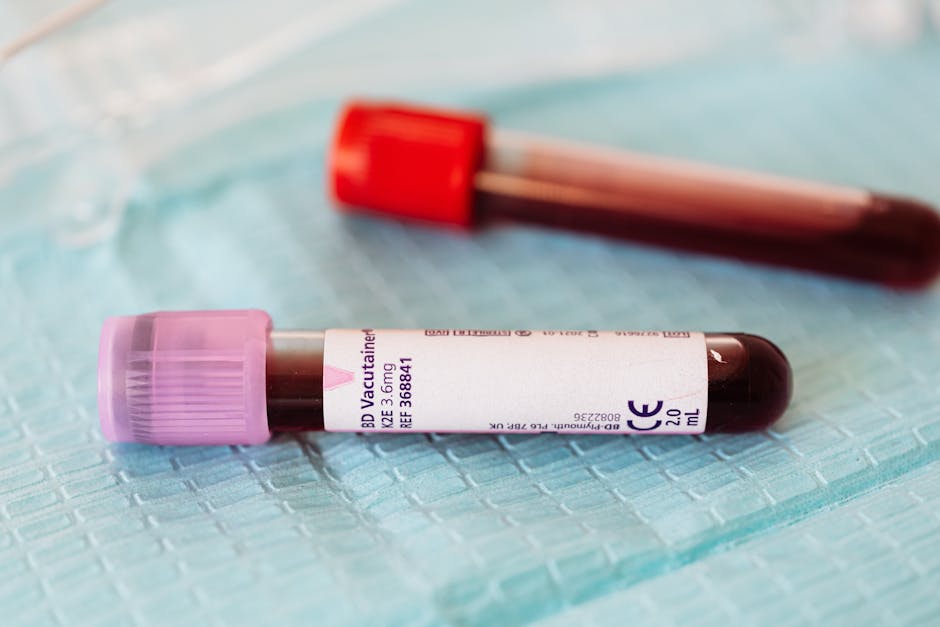The misunderstanding on how to fix "Bad" Cholesterol and what we now know!
Understanding and Fixing Damaged Cholesterol: A Guide to Healthy Heart and Overall Wellness
Welcome to today's blog post on how to fix "bad" cholesterol. For decades, cholesterol has been misunderstood and misrepresented, leading many people to believe that high levels of cholesterol are "bad" or that LDL is "bad." However, the truth is that cholesterol is a fantastic molecule that is vital to hormone function, healthy nerves, vitamin D synthesis, and strong bones. But when cholesterol becomes damaged, it can cause mayhem in the body, leading to cell damage, heart disease, chronic inflammation, and kidney failure. To understand cholesterol better, it's essential to know that LDL and HDL are not cholesterol themselves but rather proteins that carry cholesterol around the body. LDL acts as the fleet of delivery trucks, transporting cholesterol from the liver to different cells throughout the body, where it is used to build and maintain structures.

Understanding the Role of HDL and Managing Oxidized Cholesterol for Heart Health
On the other hand, HDL acts as a cleanup crew, collecting excess cholesterol and returning it to the liver for processing and elimination. The problem arises when cholesterol becomes oxidized or damaged. Like an apple turning brown when left out on the kitchen counter, oxidation makes cholesterol less able to do its job correctly and can lead to cell damage, artery wall damage, plaque build-ups, and an increased risk of heart attack and stroke. Oxidation can be triggered by various factors, with refined sugar being one of the worst offenders. To fix "bad" cholesterol and keep it in check, you can take four natural steps. Regular physical activity regularly encourages HDL production, which helps to take excess cholesterol back to the liver. Exercise also promotes large and buoyant lipoproteins, which are more resilient and less vulnerable to oxidation.
Promote Cholesterol Health Naturally: Avoid Polyunsaturated Oils, Limit Toxins, and Embrace Antioxidant-Rich Foods
Avoid polyunsaturated oils: Polyunsaturated oils like canola, corn, and soybean oils are highly vulnerable to oxidation. It's best to choose more stable cooking options like coconut oil, ghee, or extra virgin olive oil.3. Limit or avoid toxic foods: Refined sugar, refined carbohydrates, processed foods, and processed meats can all trigger oxidation and inflammation. It's important to choose whole foods close to their natural state and don't contain artificial additives.4. Consume antioxidant-rich whole foods: Antioxidants are nature's defense mechanism against oxidation. Including plenty of antioxidant-rich foods like fruits, vegetables, nuts, seeds, spices, grass-fed meat, fatty fish, and eggs can help protect cholesterol from oxidizing. These natural steps can improve cholesterol and reduce or avoid reliance on medication.
Essential Tips for Managing Cholesterol and Heart Health
Consult a healthcare professional before significantly changing your diet or exercise routine. We hope you found this blog post helpful in understanding cholesterol better and how to keep it in check. If you have any questions or tips to share, please leave a comment below. And don't forget to claim your two gifts, "The Surprising Truth About Fat And Cholesterol" and "The Untold Story Of Heart Disease," by clicking the link in the description. Stay tuned for more informative content on heart disease prevention.
